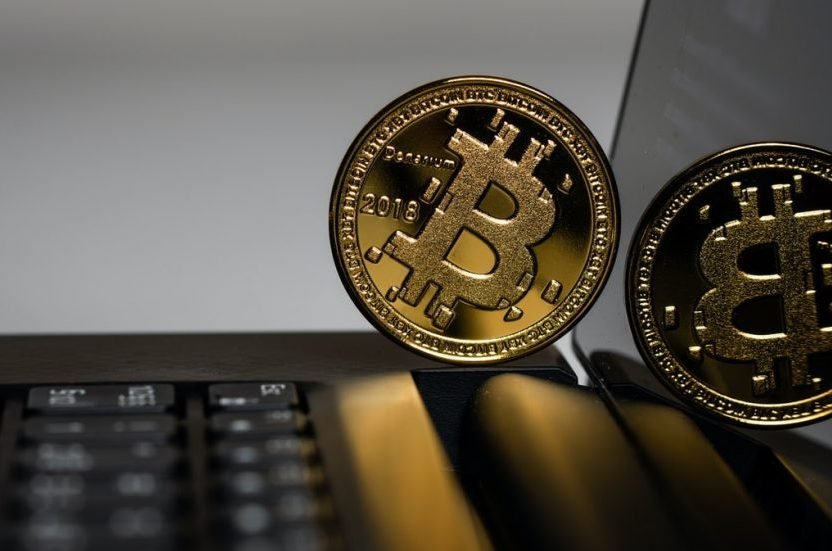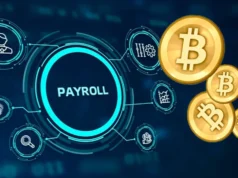Whenever any trader buys or sells any crypto asset, he has to pay some additional amount as transactional fees. It is okay if you call it crypto fees. Whenever you transfer digital currencies from one wallet to another, the fees get automatically deducted from the sender’s wallet.
The transactional amount can be different in every crypto asset, and it is a user’s choice to deal with any asset for trading and investments. If you are new to this industry, you must know about different types that may be implemented in your transactions.
Whenever any amount is unknowingly deducted from your wallet, you have paid additional fees to the network operator. If you know everything about fee deductions, you can easily make strategies to make safe and cheap transfers. In the following write-up, we will discuss various tips that help you understand the working of crypto fees.
1. Know Different Transactional Fee Types

You must note all types of fees you must pay whenever you make any transaction. Let us check out those different fee types:
- Exchange: Every user uses an exchange platform for sending and receiving Bitcoins. You have to pay a separate fee to your exchange platform for doing all the successful transactions.
It is a part of the exchange business, and everyone using the platform is involved in it. The exchange platform gets its revenue by charging additional amounts from users for their transactions.
- Network: Miners provide services to traders by providing a network for making transfers. You need to pay some fee to the network operator helping you get a network for sending or receiving crypto assets.
But you must know that it is demand-driven. If the network is busy and you want a transfer, you need to pay extra money than required. But if the network is not busy, you do not have to pay any money.
- Wallet: Whenever you create your account on any exchange platform, you have to apply for the wallet. You can deposit funds and send or receive them through that wallet. You can use an in-built wallet or another wallet as a combined application. In many cases, there are minimal fees or even no fees.
- Sender and Receiver: You have to pay additional money for sending as well as receiving crypto assets on any platform. In some cases, you do not have to pay any amount for such transfers. The additional fee is countable with other fees.
2. Anti-spamming Fees
There is something special about the crypto networks that you can automate your transactions with some simple codes. It is easy to repeat some codes to make the same transactions multiple times without doing anything. Compared to other applications, there is no risk of crashing the exchange platform if you command billions of transactions.
You can start trading digital assets with a popular quantum-code.app. The network of Bitcoin or other digital currencies is strong enough that it can handle endless transactions. Undoubtedly, it can enhance traffic and slow down all transactions. But the transactional cost will be high, and it will be expensive for you to transfer funds from one wallet to another.
Therefore, such a way of making transactions will be in favor of the network, and it will cost high for you. Therefore, you must take care of the number of transactions you make daily. You should limit them to avoid traffic and paying expensive transactional fees.
3. Participant-earned Fees

Plenty of participants and volunteers are there that are working in the network to fasten the transactions and make the process smooth. There is compensation for them if they want to transfer funds through the network without paying additional fees.
Generally, the amount collected as the network fees is distributed among the participants that are helping in various network operations. If different networks have to maintain sustainability for a long period, these individuals have to run various applications and hardware for receiving fees.
The amount asked of the user is automatically estimated and charged. A special algorithm works behind the network to provide reports of transactional fees to the users. There is no sort of incentive profit for the network because the entire collected fee amount is distributed among the volunteers.
4. Know Better Transactional Fees
There is always a debate when one has to compare the working of crypto assets with the traditional financial systems. Undoubtedly, the entire process of payment is regulated by banks, but crypto assets are quite popular for low transactional fees. But in many countries, investment and trading in digital currencies are not legal; hence, they have to handle their money with the help of financial institutes.
They charge enough fees for transacting money from one account to another. Nothing can beat the crypto assets if we talk about the better option in terms of fees. All the financial institutes cost more than the crypto networks. It is better to understand the working of the crypto network and how one is charged for all the transactions.
5. Knowing All the Crypto Assets that Charge Less on Transactions

There are plenty of digital currencies that you can transfer from one wallet to another by paying less. The popular ones are BTC, Ethereum, Litecoin, IOTA, etc. After you understand the working of crypto fees, you must know how low you can pay to make transfers.
You will go for the one that is cheap to transfer. When you gain such knowledge, you can save a lot of money on your transactions. Make sure that you choose the crypto asset wisely and pay the less transactional fee while making transfers.
Final Thoughts
If you want to understand the working of crypto fees, you must go through all the mentioned tips. When you understand how you are charged for making crypto transfers, you can easily save money on various unnecessary types of fees. These tips are quite helpful for beginners and experts who want to make successful trades and earn massive profits.









